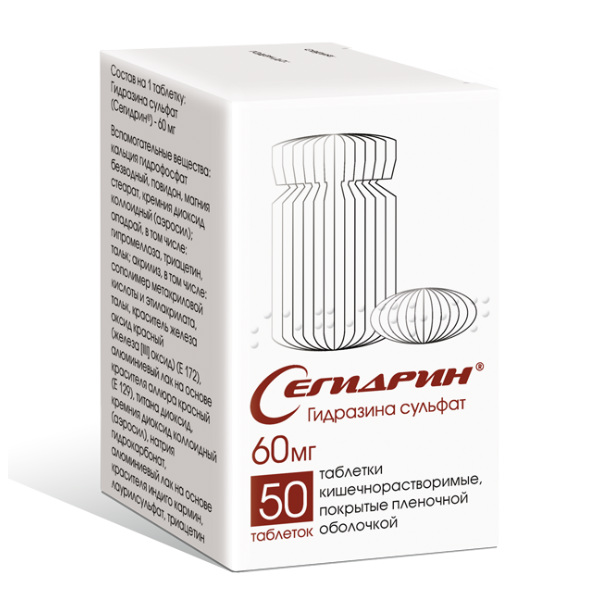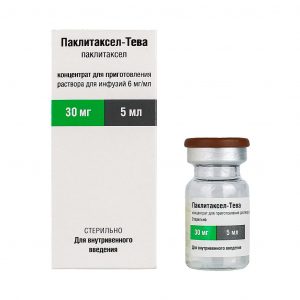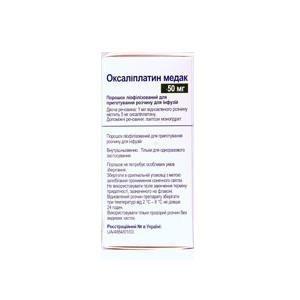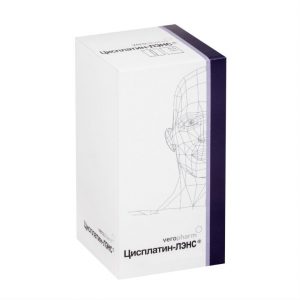Description
Latin name
SEHYDRIN
Release form
Enteric coated tablets.
Packing
50 pcs
Pharmacological action of
Pharmacodynamics of
The drug inhibits tumor growth, affects a number of biochemical parameters: it inhibits monoamine oxidase activity, reduces the permeability of cell membranes and biomembranes of subcellular structures, and is an inhibitor of xenobiotic metabolism. It has a symptomatic therapeutic effect in malignant neoplasms in advanced stages. It does not have myelodepressive and other side effects characteristic of many other antitumor drugs.
Pharmacokinetics
The content of the drug in the blood of sick people reaches a maximum 2 hours after taking 60 mg (1 tablet) a day in the serum its small amounts are still determined. When blood is taken 9 hours after the end of a 30-day course of treatment, from 0 to 89 ng / ml Sehydrin ® is found in different patients.
The study of the pharmacokinetics of Sehydrin ® was also performed on outbred intact rats and animals with sarcoma 45. The drug is rapidly absorbed from the gastrointestinal tract, blood purification ends at 25-28 hours after intragastric administration at a dose of 100 mg / kg.
The maximum concentration in the blood of intact animals occurs approximately 50 minutes after administration, in tumor carriers (sarcoma 45) – after 3 hours.
Liver accumulation increased by 3-5 times in the liver, kidneys and lungs compared with blood, but not in the tumor, the cleansing of the intact organs of healthy animals and tumor carriers ends by the end of 4 days. Urinary excretion in healthy animals lasts up to 3 days and amounts to approximately 50% of the administered amount in tumor carriers, excretion ends between the first and second days, and only 25% of the drug is excreted. The distribution volume, in intact rats, is 14 ml, in the presence of a tumor – 29.4 ml. Tumor carriers are prone to cumulation of Sehydrin. Sehydrin ® in the body is oxidized, and its non-destroyed part is excreted in the urine, partially in acetylated form (in rats and rabbits).
Indications
Symptomatic treatment of locally advanced and disseminated forms of malignant neoplasms.
At the same time, Sehydrin ® has a pronounced symptomatic effect: reduction or elimination of pain (up to drug withdrawal), feelings of weakness, respiratory failure (shortness of breath), cough, fever, improved appetite, increased motor activity. The drug is prescribed for patients with malignant neoplasms in advanced stages (including the preterminal phase of the process).
Use during pregnancy and lactation
Contraindicated in pregnancy and lactation.
Composition
1 tablet contains:
Active substances: hydrazine sulfate 60 mg.
Excipients: calcium phosphate disubstituted, polyvinylpyrrolidone, magnesium stearate, highly dispersed silicon dioxide, dimethicone, talc, polymethacrylate, polyethylene glycol 600, iron oxide red (E172), titanium dioxide.
Dosage and administration
Sehydrin ® is prescribed orally 1-2 hours before or 1-2 hours after eating or taking other drugs. Adults take the drug 1 tablet 3 times a day. The course dose is 100 tablets. With poor tolerance, the daily dose is reduced to 2 tablets per day. The dose per treatment course may not change.
A second course of treatment is carried out with an interval of at least 14 days. The number of courses is not limited, while the intervals between courses increase by 1-2 weeks.
Side effects
Dyspeptic symptoms (nausea, vomiting, burping) are possible, which disappear quickly with a dose reduction or short-term (two-, three-day) break in treatment. Rare complications – insomnia, general agitation, not pronounced and transient polyneuritis.
In case of dyspeptic symptoms, astringents and anti-inflammatory drugs (chamomile infusion, romazulan, vikalin), antispasmodics and antiemetics are prescribed inside. For neurotoxic effects, it is advisable to use pyridoxine hydrochloride (5% solution of vitamin B6 1 ml intramuscularly 1-2 times a day), thiamine chloride (vitamin B1), multivitamin preparations inside and intravenous administration of a 20-40% solution of dextrose (glucose).
Drug Interaction
Concurrent administration of Segidrin with barbiturates, ethanol, tranquilizers, antipsychotic drugs (neuroleptics) can lead to a sharp increase in Segidrin’s toxicity.
In experiments on laboratory animals, in the case of prior administration of Sehydrin, the effectiveness of treatment with many antitumor drugs increases (the exception is cyclophosphamide).
Storage conditions
Store in a dry, dark place at a temperature not exceeding 25 ° C.
Shelf life
3 years.
drugstore conditions
drugstore
Dosage form
tablets
Possible product names
Sehydrin tablets 60 mg, 50 pcs.
SEGYDRIN 0.06 N50 TABLES
SEGYDRIN 0.06 N50 TABLES P / O
Sehydrin 60 mg No. 50 tab p / o enteric.
Sehydrin 60mg Tablet cover intestines. about. X50




